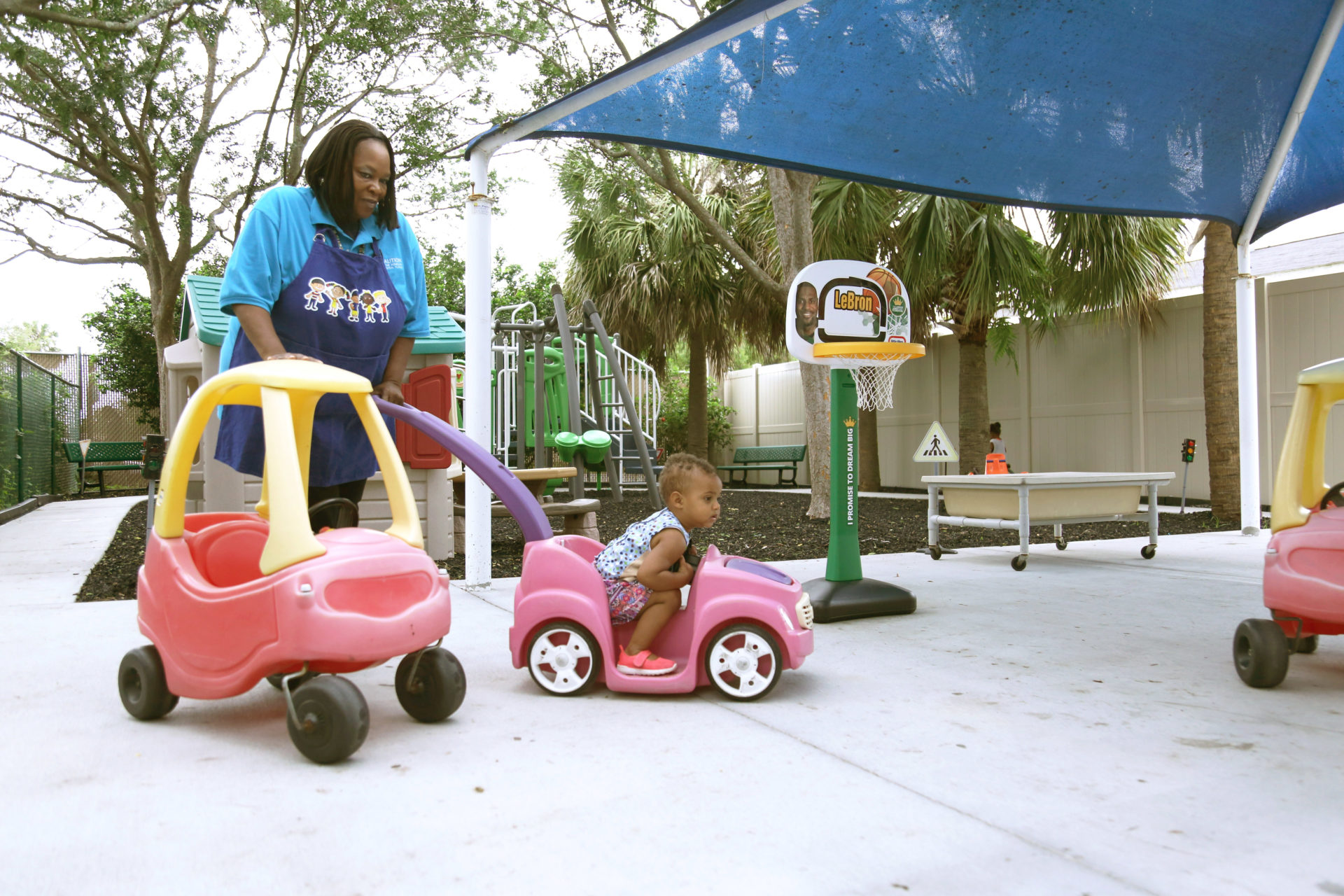 This spring, the LENA team convened for a staff book club. We picked “Crawling Behind: America’s Child Care Crisis and How to Fix It,” a book written by early childhood education policy expert Elliot Haspel.
This spring, the LENA team convened for a staff book club. We picked “Crawling Behind: America’s Child Care Crisis and How to Fix It,” a book written by early childhood education policy expert Elliot Haspel.
The book explores how the current child care landscape in America emerged, tracking the divergent paths of publicly-funded K-12 education and early care. Haspel explains why many disparate groups have a vested interest in increasing access to affordable, high-quality child care, and lays out several paths the country could take to get there.
We were delighted to welcome Haspel to our book club discussion, where he shared about how the COVID-19 outbreak could be the breaking point in the child care crisis that finally forces meaningful change to manifest. Here, we’ve excerpted a portion of our discussion:
What inspired you to write this book?
When my wife and I, two educated people in a dual-earner household, had our first child, we had an incredible struggle finding affordable, high-quality care options that worked for our family. If it was this much of a struggle for us, I wondered how other families with fewer resources could possibly be doing it. I wrote this book to explore that question and what I discovered was a much deeper problem.
Why is it crucial to create a better child care system in America?
High-quality child care has a dual role to play in American society, roles which make it an essential public good and essential infrastructure. It allows parents to choose the work situation that works best for their families — before COVID-19, two-thirds of children under age six had all of their available parents in the workforce — and it ensures all children have a strong start that sets them up for success. We know that access to affordable, high-quality care is inextricably tied to thriving families and thriving children. Yet again, even before COVID-19, the system was desperately fragile and not working for anyone involved.
How might the COVID-19 outbreak affect child care ecosystems going forward?
We’ve already started to see the impacts of COVID-19 in two major ways: first, the “formal” child care sector (centers, private preschools, etc.) has taken a huge hit. Surveys suggest we might lose as much one-third or more of the child care supply, permanently, because they can’t sustain themselves without regular parent fees. Second, there has been a huge “demand shock” where parents have quickly shifted to wanting their children either home (which is now much more of an option because of such high unemployment) or with a relative, etc. — basically avoiding larger group settings. It remains to be seen if the preferences will shift back once we have a vaccine. Either way, this pandemic is going to reshape the child care landscape and will require us to think very hard about the system we want coming out of it.
In a recent webinar, we heard from providers in three states about how COVID-19 recommendations have impacted their work. The panelists shared about supporting children and staff while also adapting to new requirements.
How could broad access to high-quality, affordable child care support healthy brain development for infants and toddlers?
The brain science here is settled. High-quality care environments — which are primarily driven by warm, responsive relationships between caregiver and child, which organically lead to things like language development, development of executive control, and more — are what knit together foundational brain architecture. Children’s brains develop truly like a house, where each layer of synaptic connection builds on the previous one, and these earliest connections — up to 1 million a second! — form the basis for all future connections. Affordability leads to better development because it reduces parental stress, and a calm household is, all else equal, likely to be better for those responsive relationships. We also need well-compensated early childhood educators, because we don’t want them stressed either! Basically, reduce stress, improve relationships, and most children will do just fine.
How can we generate momentum for public investment in universal child care?
It’s really hard to get people to focus attention on the early years. I think it’s telling that our sense of imagination on early childhood education proposals have been much less bold than what was going on 50 years ago. Most of the time, the big idea has been to expand pre-K for four-year-olds, and maybe, if we’re getting crazy, expand pre-K for three-year-olds.
If we could just get a couple of states to implement a universal child care solution, that would break a lot of the myth around it. The return on investment is so quick with the increase in parental employment before you even get to the long-term benefits. If we can get one or two states to start something like this, it would be so successful that others would follow suit.
Our team is reading “The Importance of Being Little” next. What books have sparked your interest this year? Comment below with your thoughts on the state of child care in America, and share your reading suggestions and book lists with us.





